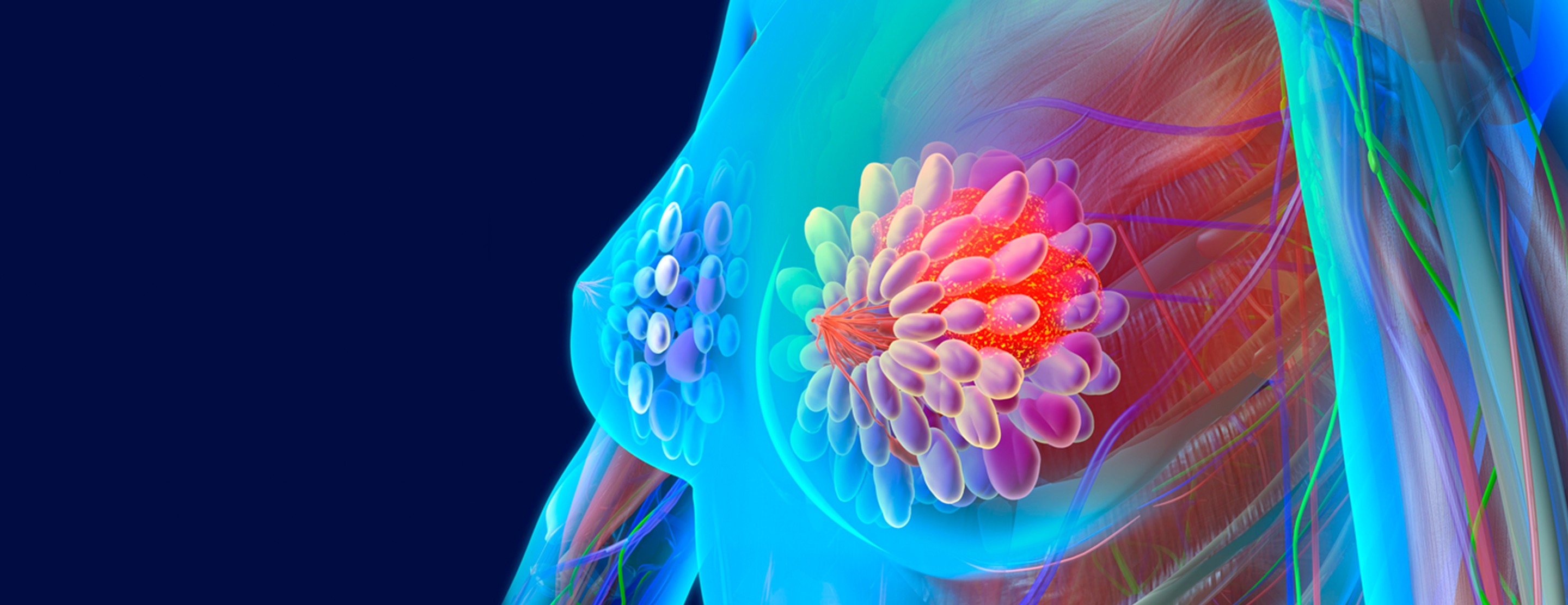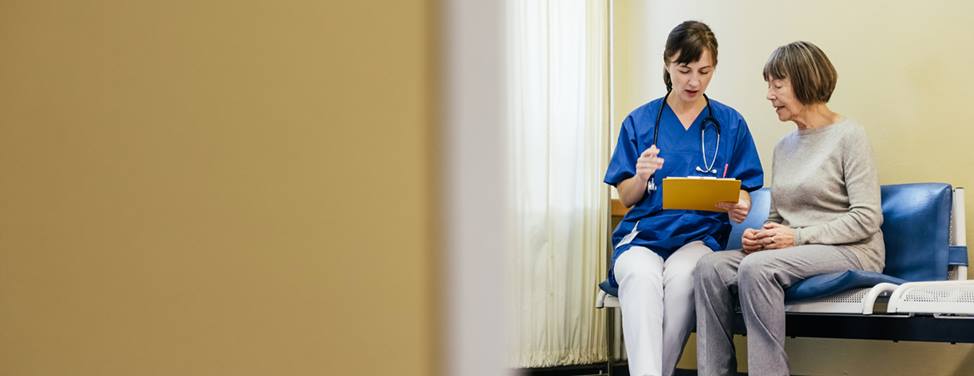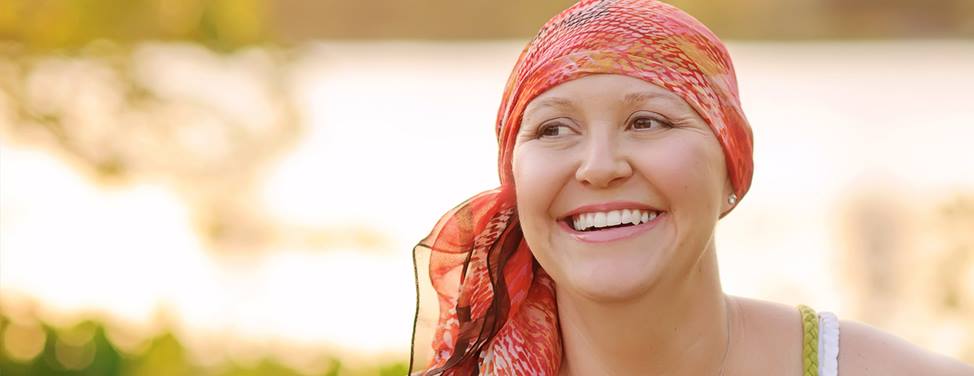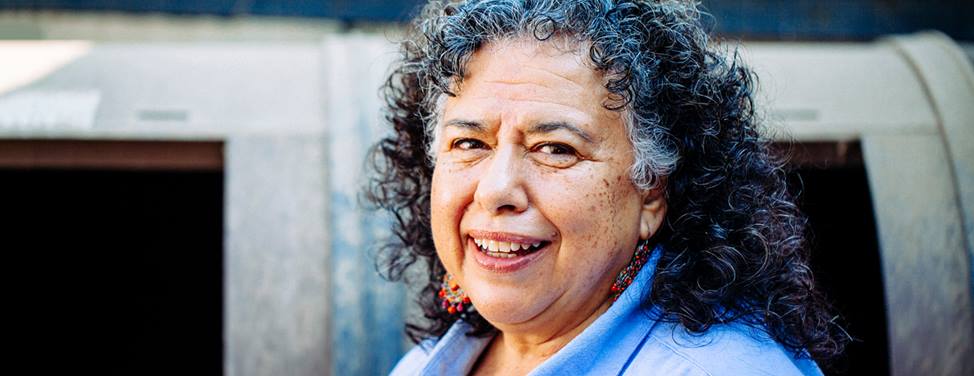
Basic Facts About Breast Health: Breast Anatomy
Each breast has six to nine overlapping sections, called lobes. Within each lobe are many smaller lobules, which end in dozens of tiny bulbs that can produce milk. The lobes, lobules and bulbs are all linked by thin tubes called ducts. These ducts lead to the nipple in the center of a dark area of skin called the areola.
Fat fills the spaces around the lobules and ducts. There are no muscles in the breast, but muscles lie under each breast and cover the ribs.
Each breast also contains blood vessels and vessels that carry colorless fluid called lymph. The lymph vessels lead to small bean-shaped structures called lymph nodes. Clusters of lymph nodes are found in the axilla (under the arm), above the collarbone and in the chest. Lymph nodes are also found in many other parts of the body.
The material in the above section is taken in its entirety from the National Cancer Institute Booklet (No. 95-1556) entitled, "What you need to know about Breast Cancer." Illustrations drawn and contributed by Susan Sprangler.
Basic Facts About Breast Health:
UCSF Health medical specialists have reviewed this information. It is for educational purposes only and is not intended to replace the advice of your doctor or other health care provider. We encourage you to discuss any questions or concerns you may have with your provider.
















